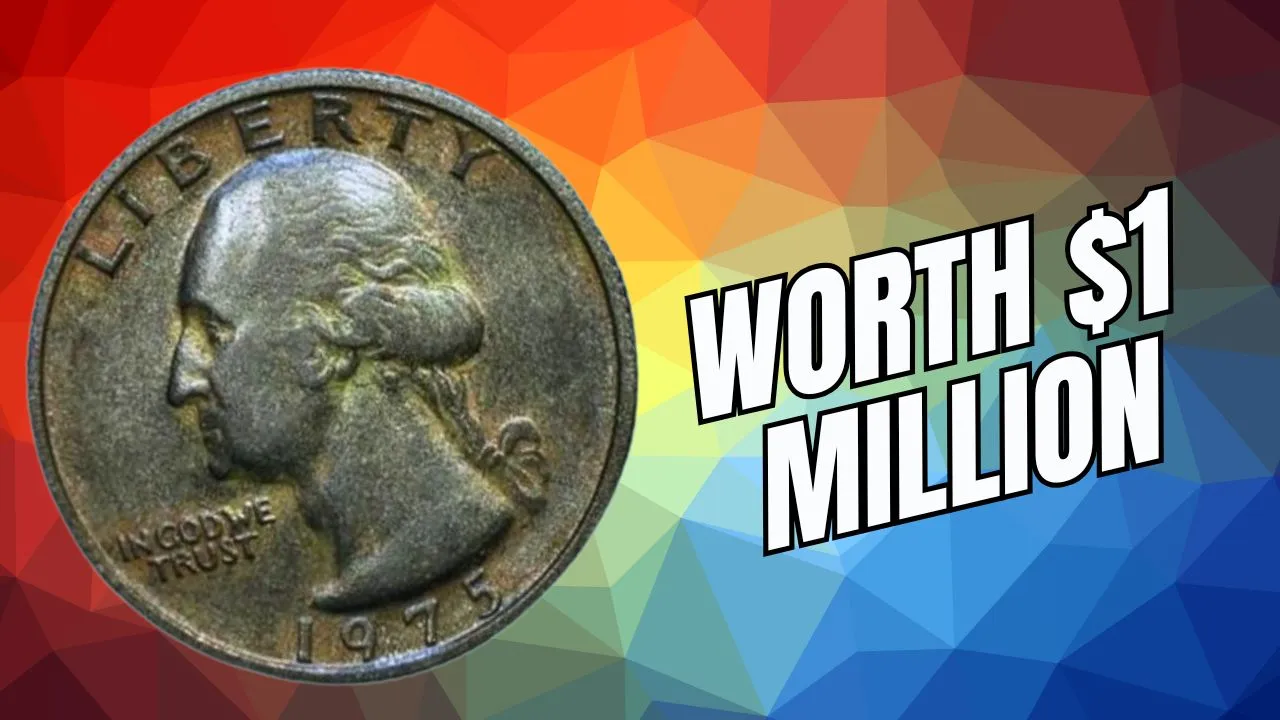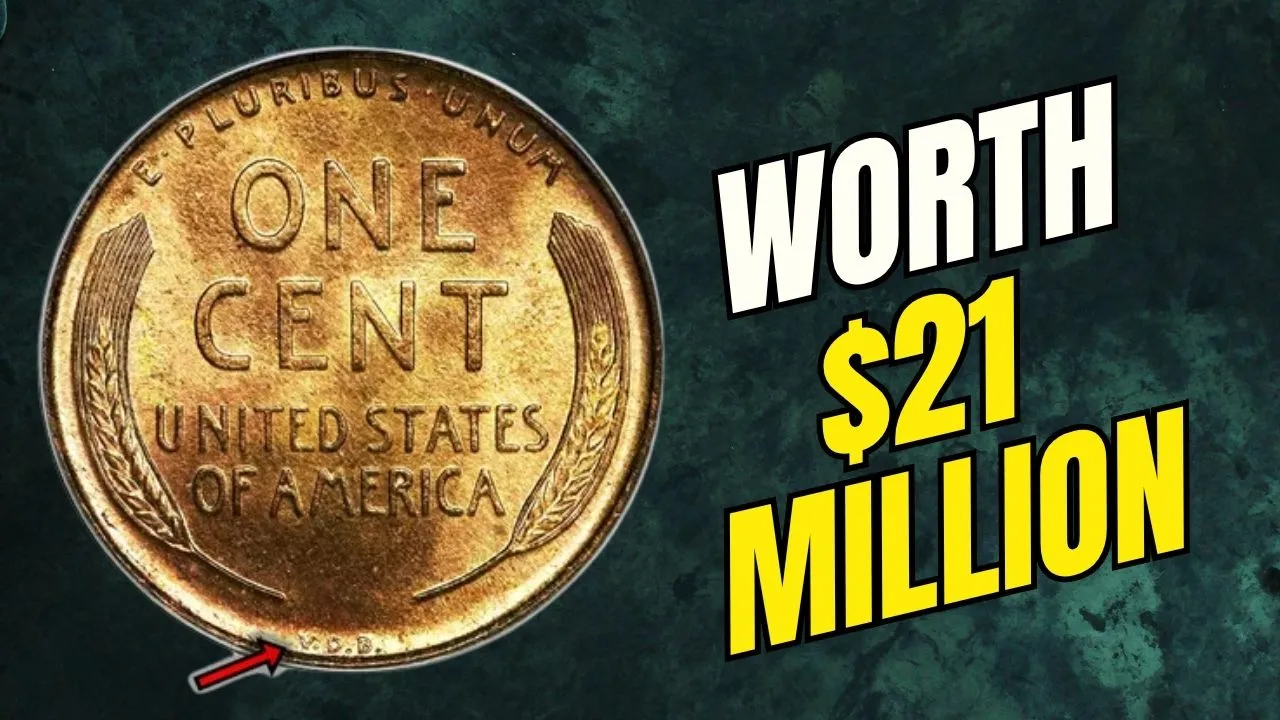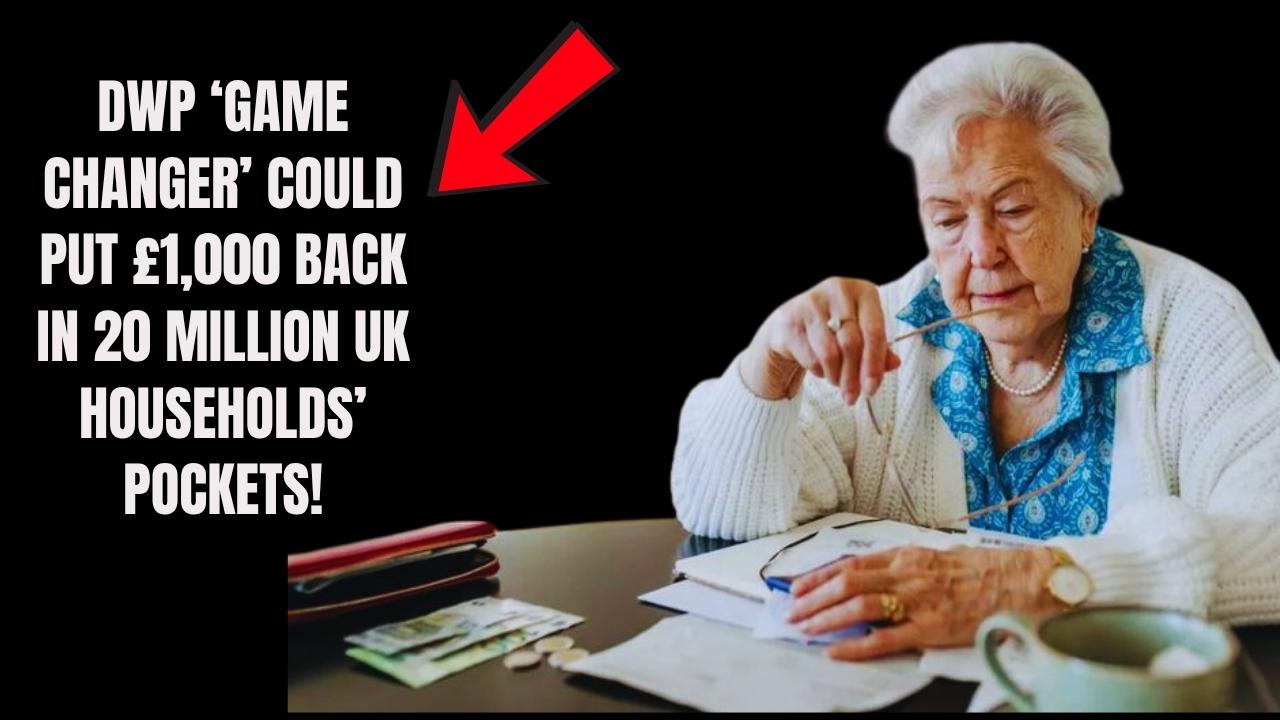rare bicentennial quarter: The next time you check your spare change, you might want to pause. That ordinary-looking quarter in your hand could be worth far more than 25 cents. Among the many coins still in everyday use, one stands out for its surprising value and fascinating history—the Bicentennial Quarter. Originally minted in 1976 to commemorate 200 years of American independence, this coin has become a hidden treasure for collectors and everyday people alike.
Some editions of the rare bicentennial quarter have sold for astonishing sums, with one version reportedly valued at $1 million. That’s not a typo—one coin, one million dollars. What makes these quarters so special? From unique minting errors to silver compositions, this article will break down everything you need to know, including how to spot one and what it could be worth today.
Rare Bicentennial Quarter
Not all Bicentennial Quarters are created equal. The rare bicentennial quarter isn’t just a nostalgic memento—it could be a serious asset. These quarters were part of a unique minting event in 1976 to celebrate America’s 200th birthday. The front still showcases George Washington, but the dates read “1776–1976.” On the back, you’ll find a colonial drummer and a ring of 13 stars, representing the original colonies. This design, chosen from a national contest, adds a historical flair and collector appeal.
The coin was minted in Philadelphia (no mint mark), Denver (D), and San Francisco (S). While most of them remain in circulation and hold little more than face value, some rare versions with minting errors, high-quality preservation, or silver content are incredibly valuable. The rarest have drawn collector interest and led to jaw-dropping auction prices.
Overview Table: Rare Bicentennial Quarter Breakdown
| Feature | Details |
| Year Minted | 1976 |
| Obverse Design | George Washington with dual date “1776–1976” |
| Reverse Design | Colonial drummer and torch with 13 stars |
| Mint Marks | No mark (Philadelphia), D (Denver), S (San Francisco) |
| Rare Features | Mint errors, silver composition, uncirculated condition |
| Highest Known Value | Up to $1 million (for rare error version) |
| Average Circulated Value | $0.25 to $0.50 |
| Silver Version Value | $10 to $50 |
| Uncirculated Version Value | Up to $100+ |
| Still Circulating? | Yes |
A Quarter Like No Other
What makes the Bicentennial Quarter so memorable is its distinct look and purpose. Instead of the usual eagle, the reverse side of the coin features a colonial drummer—an image chosen through a national competition. Designed by Jack L. Ahr, it celebrates America’s revolutionary roots in a way that no other U.S. coin does.
The double date “1776–1976” adds to its uniqueness. It isn’t just a coin; it’s a visual time capsule. Although millions were made, the design itself still stands out today, catching the eye of collectors and history buffs alike.
Why Some Bicentennial Quarters Are Worth Big Bucks
While the design is special, not all Bicentennial Quarters carry high value. The real treasures are those that feature rare minting errors, such as double strikes, off-center prints, or other production mistakes. These imperfections turn a simple quarter into a collector’s dream.
Other high-value versions include the 40% silver coins minted at San Francisco. These were mainly sold in special sets, not released into general circulation, making them rarer finds today. Coins that have been preserved in uncirculated condition—free from scratches, wear, or tarnish—can also fetch impressive amounts, especially if verified by a grading service.
What’s a Bicentennial Quarter Worth Today?
Understanding the current value of these quarters is key if you’re hoping to find one worth money. Here’s what you need to know:
- Circulated Coins: Typically range from 25 to 50 cents.
- Uncirculated Coins: Can be valued from $20 to over $100 based on condition.
- 40% Silver Versions: Often sell between $10 and $50.
- Error Coins: These can go for hundreds or even thousands depending on the rarity of the error.
- Ultra-Rare Specimens: The most valuable, including a known $1 million quarter, often feature severe minting errors or special circumstances and are highly desirable among elite collectors.
Are They Still in Circulation?
Yes, the Bicentennial Quarter can still be found in everyday change. Although they were minted nearly 50 years ago, many remain in circulation due to their large production numbers. This is what makes the hunt so thrilling—you could discover a valuable coin in your pocket, purse, or that old coin jar at home.
While the odds are slim for finding a $1 million coin, locating one in good condition or with minor errors could still yield a surprising payday.
How to Spot a Valuable One
Finding a rare bicentennial quarter requires more than luck—it takes a bit of knowledge and a good eye. Here are some quick and effective tips for spotting one:
- Check the Edges: Silver quarters have a solid silver-colored edge. If you see a copper stripe, it’s likely not silver.
- Look for the S Mint Mark: Indicates San Francisco minting. These are often silver or proof versions.
- Search for Minting Errors: Use a magnifying glass to look for doubled text, off-center strikes, or other unusual features.
- Weigh the Coin: Regular quarters weigh around 5.67 grams. Silver ones usually weigh closer to 5.75 grams.
- Protect What You Find: If you believe you’ve found a valuable coin, store it in a protective sleeve or case to maintain its condition.
Final Thoughts: Treasure in Your Pocket?
The rare bicentennial quarter is more than just currency—it’s a piece of American history, and in some cases, a potential treasure. While most of these coins are still only worth 25 cents, a few rare types are highly valuable and could turn up in the most unexpected places. Whether you’re a seasoned collector or a curious beginner, checking your spare change might just pay off.
Even if you don’t stumble upon the elusive million-dollar quarter, diving into the world of coin collecting is a fun, educational, and potentially rewarding hobby. So go ahead—take a closer look at your quarters. You might be holding something truly special.
FAQs About the Rare Bicentennial Quarter
1. Why is a Bicentennial Quarter worth $1 million?
It’s likely due to a major minting error or rare silver composition, making it extremely valuable to collectors.
2. Are Bicentennial Quarters still in circulation?
Yes, they can still be found in everyday change, though rare types are much harder to come by.
3. What mint mark should I look for?
The “S” mint mark from San Francisco often signals a silver or proof version, which is more valuable.
4. How do I check if my quarter is silver?
Check the edge for a solid silver color and weigh the coin—silver versions are slightly heavier.
5. What’s the best way to preserve a rare quarter?
Use a coin sleeve or protective case and avoid touching it with bare hands to prevent damage.







